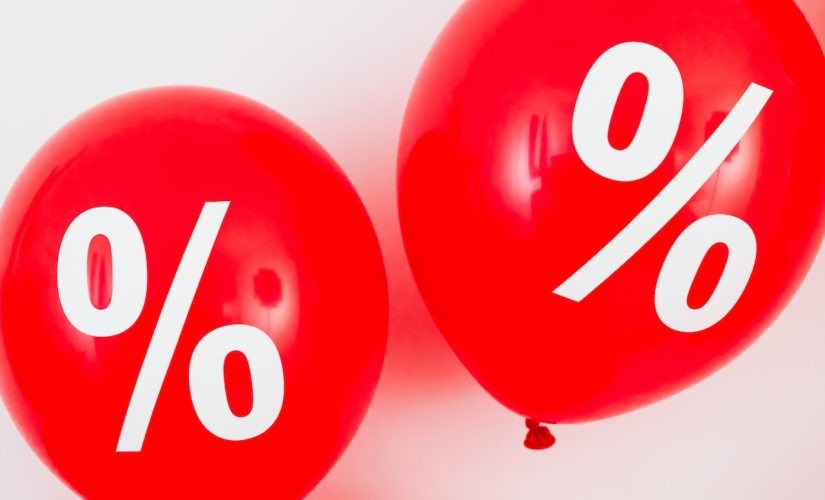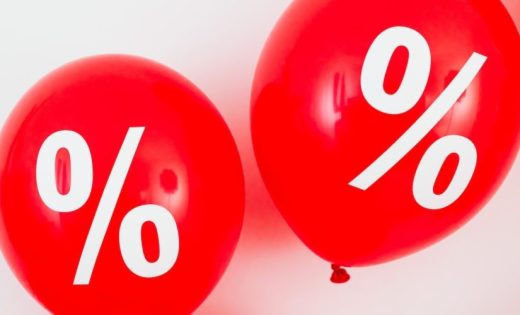Surprise Fed Move Ignites Interest Rate Hike Buzz
Surprise Fed Move Ignites Interest Rate Hike Buzz

On Wednesday, Federal Reserve officials took the market by surprise when they hinted at a possible change in interest rates. This announcement by Federal Reserve Chairman Jerome Powell marks the second time this year that the central bank has refrained from raising rates. Experts are now speculating that this could indicate a long-term shift in monetary policy, with interest rates remaining elevated for an extended period or even permanently. This scenario has far-reaching implications for consumers and businesses, affecting borrowing costs and economic growth.
Unexpected Federal Reserve Announcement Sparks Interest Rate Speculation
The unanticipated development has generated considerable buzz in the market, as many were expecting potential rate hikes. Powell’s statement suggests that a growing number of Fed officials might contemplate a higher “neutral rate” in the near future. Consequently, investors and stakeholders intently monitor upcoming economic data and news to assess the potential impact on interest rates. This change in stance underscores the dynamic nature of monetary policy and the necessity for constant reassessment as economic conditions evolve.
Neutral Rate has Recently Been a Contentious Topic
The concept of a neutral rate refers to the point at which monetary policy neither boosts nor inhibits economic growth. The neutral rate has recently been a contentious topic among economists discussing its role in shaping monetary policy. While some economists argue that the neutral rate serves as a valuable benchmark for central banks in setting interest rates, others question the accuracy of estimating the neutral rate, given the complex factors influencing it and the possibility of it changing over time.
Rising Interest Rates Possibly Becoming a Permanent Feature
This development suggests that rising interest rates might not be as temporary as initially thought but could become a permanent fixture in the financial landscape. The prospect of continuously rising interest rates compels individuals and businesses to reassess their financial strategies and brace for a potentially lasting market shift. This could lead to changes in borrowing and investment behaviors and potential alterations to government and central bank policies to accommodate the new conditions.
The Fed’s Opportunity to Reevaluate Existing Policies
The potential increase in the neutral rate gives the Fed a chance to reconsider its current policy on interest rates and assess the shift in economic circumstances since the last rate hike. This reevaluation could yield valuable insights into the current state of the economy, helping to determine if adjustments are necessary to maintain balanced growth. Moreover, it allows the Fed to evaluate the effectiveness of its policy tools in responding to changing economic conditions, ensuring that it adopts the most appropriate approach moving forward.
Fed Officials Must Monitor Fluctuating Economic Indicators
As the global economy develops, Fed officials must be vigilant of changes in economic indicators and implement necessary actions to ensure financial stability. In this ever-evolving landscape, it is crucial for Fed officials to closely monitor fluctuations in factors such as inflation, interest rates, and employment levels. By doing so, they can make well-informed decisions and adjustments to guide the economy toward sustained growth and future stability.
End of Historically Low-Interest Rates Ushers in New Economic Landscape
The Federal Reserve’s latest announcement suggests that the era of historically low-interest rates may be drawing to a close, making way for an economic landscape characterized by consistently higher interest rates. This shift in monetary policy has wide-ranging implications for individuals and businesses, as borrowing costs will likely increase and affect various aspects of the economy. Consequently, consumers may alter their spending habits and investment decisions, while businesses might need to adapt their financial strategies to remain competitive in this new environment.
Adapting to Increased Interest Rates Requires Thorough Evaluation
As people, businesses, and governments adjust to the likelihood of increased interest rates, decisions concerning investments, borrowing, and general economic planning must account for this new monetary policy setting. A comprehensive assessment of current financial positions and economic outlooks can help mitigate the potential consequences of these changes. By establishing a solid foundation and adjusting strategies accordingly, stakeholders can successfully navigate the shifting financial landscape while maximizing future opportunities.
Embracing Change in a Constantly Evolving Financial Landscape
The Fed’s unexpected indication serves as a reminder that the financial landscape is continually changing, making it essential for all market players to remain vigilant and adaptable. As economic conditions shift, investors, businesses, and policymakers must stay informed and modify their strategies accordingly. By being alert and embracing change, market participants can maintain stability and promote sustainable growth in an ever-transforming financial environment.
FAQ Section
What was the unexpected announcement by Federal Reserve officials?
On Wednesday, Federal Reserve officials hinted at a possible change in interest rates, refraining from raising rates for the second time this year. This unexpected announcement has led to speculation about a long-term shift in monetary policy, with interest rates potentially remaining elevated for an extended period or even permanently.
What is the neutral rate?
The neutral rate refers to the point at which monetary policy neither boosts nor inhibits economic growth. It has been a contentious topic among economists, with some arguing that it serves as a valuable benchmark for central banks in setting interest rates. In contrast, others question the accuracy of estimating the neutral rate due to the complex factors influencing it and the possibility of it changing over time.
How would rising interest rates affect individuals and businesses?
Rising interest rates could lead to changes in borrowing and investment behaviors for individuals and businesses. This might compel them to reassess their financial strategies and Brace for a potentially lasting market shift. Furthermore, government and central bank policies may also need to change to accommodate the new financial landscape.
What is the significance of the Fed’s latest announcement?
The Federal Reserve’s latest announcement suggests that the era of historically low-interest rates may be drawing to a close. This could lead to a new economic landscape characterized by consistently higher interest rates, which would have wide-ranging implications for individuals, businesses, and the overall economy.
How can stakeholders adapt to increased interest rates?
As people, businesses, and governments adjust to the likelihood of increased interest rates, they must account for this new monetary policy setting in decisions concerning investments, borrowing, and general economic planning. A comprehensive assessment of current financial positions and economic outlooks can help mitigate the potential consequences of these changes and enable stakeholders to navigate the shifting financial landscape successfully.
Featured Image Credit: Photo by Karolina Grabowska; Pexels; Thank you!
The post Surprise Fed Move Ignites Interest Rate Hike Buzz appeared first on ReadWrite.
(12)


